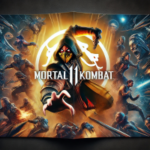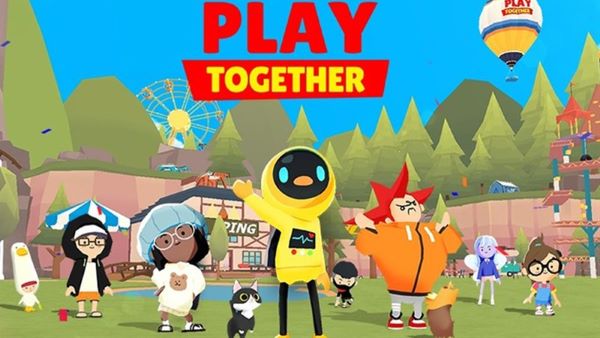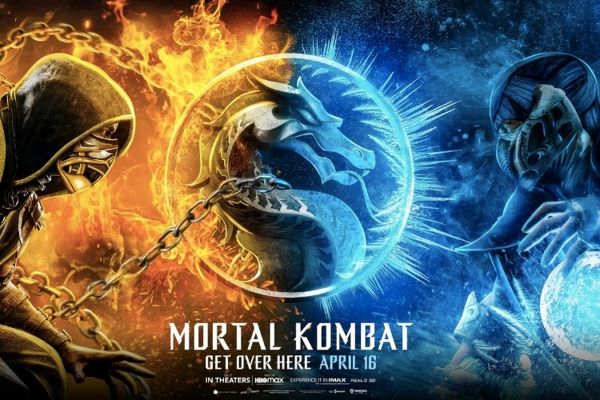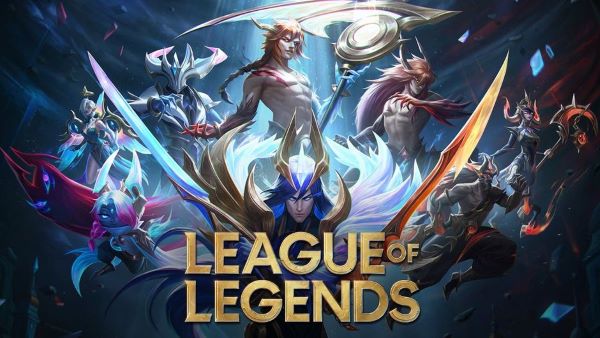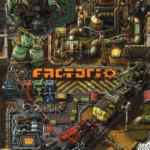Garena Free Fire: Kalahari is a themed expansion of the core Free Fire experience, introducing a dynamic desert battleground filled with unique tactical opportunities and environmental hazards. Released as part of Garena Free Fire's continuous effort to innovate within the battle royale genre, the Kalahari map adds verticality, intense close-quarter combat, and fresh strategic depth. With millions of active players, Free Fire continues to be one of the most downloaded mobile games globally, and Kalahari is a major reason for its enduring popularity.
1 Introduction to Free Fire and the Rise of Kalahari
Free Fire by Garena launched in 2017 and quickly became a mobile gaming phenomenon due to its short matches, accessible gameplay, and low device requirements. In 2020, the Kalahari map was officially added to expand the tactical diversity of battlegrounds available to players. Unlike the lush green Bermuda or the urban Purgatory, Kalahari introduced arid deserts, towering cliffs, and sandy ruins, offering a rugged and aggressive new style of play that was well-received by the competitive community.
2 Unique Environment and Visual Style
Kalahari stands out with its visually striking desert setting, featuring rusted military ships, sandstone cliffs, oil rigs, and dry canyons. The map feels alive with environmental storytelling, from the skeletons of sea creatures to remnants of lost civilizations. The harsh, open terrain forces players to make quick decisions, whether sprinting across sand dunes or hiding in partially buried bunkers. The verticality introduced by cliffs and elevated sniper spots adds a sense of danger and strategic complexity.
3 Gameplay Mechanics and Tactical Differences
While the core mechanics of Free Fire remain the same—50 players dropping into a shrinking zone—the Kalahari map forces different styles of play. Players can exploit elevation for sniping, use narrow passageways for ambushes, or rely on vehicles to cover open ground. The tighter layout also means engagements happen more frequently, with fewer places to hide. The emphasis on close-range combat in certain areas creates fast-paced firefights that reward reflexes and positioning.
4 Points of Interest and Hot Drop Zones
Kalahari features multiple distinct points of interest that shape the flow of each match. Command Post is a central military base with high loot and multiple sightlines, making it a hotspot for early conflict. The Submarine Yard offers vertical combat across a massive beached submarine. Other notable areas include the Refinery, with its sniping towers, and Bayfront, a coastal structure with intense mid-game activity. These varied zones allow for different tactics and cater to diverse playstyles.
5 Weapons and Loadout Strategy for Kalahari
Due to Kalahari’s open terrain and vertical map design, weapon choice is critical. Long-range rifles like the AWM and Kar98k are effective from cliffs, while SMGs and shotguns dominate in enclosed structures. Grenades and flashbangs become essential tools in tight areas like bunkers or corridors. Players often combine a sniper with a high-damage short-range weapon to cover all engagements. Proper use of attachments and armor upgrades can make the difference between victory and elimination in the desert.
6 Ranked Play and Competitive Meta
Kalahari is available in ranked mode and plays an important role in the competitive Free Fire scene. It tests player awareness, aiming skills, and team coordination in ways other maps do not. Pro players often use high-ground control as a key strategy, positioning themselves to dominate late-game circles. In squad play, Kalahari punishes poor rotation and split-ups, emphasizing team-based tactics. The map's unpredictability ensures no two matches feel the same, keeping ranked matches engaging and challenging.
7 Character Skills and Synergies
Garena Free Fire’s character system adds another layer of strategy to Kalahari. Characters like Chrono, Alok, and K, who offer healing, shields, or movement boosts, are especially useful in the exposed desert setting. The map’s pace and engagement frequency reward characters with defensive and aggressive abilities. Building a squad with synergistic skills—such as combining Alok’s healing field with Skyler’s shield-breaking—is essential for maximizing survival chances in the harsh terrain.
8 Updates, Events, and Evolving Map Features
Garena continuously evolves Kalahari with thematic events, new items, and seasonal changes. Limited-time game modes, loot crate placements, and even visual overhauls keep the map feeling fresh. Special features like air cannons or climbing ropes have been added in updates, further enhancing vertical traversal. Community feedback has led to refinements in zone behavior and item distribution, proving Garena’s commitment to keeping the experience dynamic and fair.
9 Community Reception and Cultural Influence
Kalahari has been praised for its innovation and challenge, earning favor among seasoned players seeking more intense matches. Its inclusion in major tournaments helped legitimize it as a balanced map in esports settings. The map also inspired cosplays, fan art, and in-game roleplay scenarios. In regions like Southeast Asia, South America, and India, Kalahari is frequently cited by influencers and content creators as their preferred battleground due to its adrenaline-fueled encounters.
10 Accessibility and Technical Performance
Despite its visual complexity, Kalahari runs well even on low-end devices, thanks to Free Fire’s lightweight optimization. Players can adjust graphical settings to ensure smooth gameplay. Load times are quick, and network stability is maintained across regions. Garena has made sure that the Kalahari experience is accessible to all, contributing to its widespread popularity and integration into daily Free Fire play.
Conclusion The Desert Arena That Reshaped Mobile Battle Royale
Garena Free Fire: Kalahari successfully expanded the game’s tactical depth while maintaining its accessible, fast-paced identity. It challenges players with unique terrain, punishes poor planning, and rewards adaptability. With an ever-evolving structure, tight design, and compelling visuals, Kalahari stands as a prime example of how map diversity can reinvigorate a live-service battle royale. Whether you're a casual player or a competitive pro, Kalahari offers a battleground where survival depends on skill, speed, and smart choices.
Final Rating 4.6 out of 5











